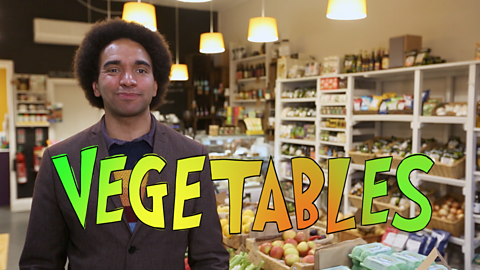Video summary
Poet Joseph Coelho outlines that encouraging and sharing poems that talk about and connect to childrenβs personal experiences is important on many levels.
He looks at where ideas come from and how noting them down, then drafting, revising, and redrafting can help improve writing ability.
He discusses being inspired by and exploring a real event through poetry: what does the experience evoke and how do we express it.
He investigates how understanding different poetic forms can affect the audience's responses and uses the example of concrete poetry, where the spacing of a poem on the page can be altered to reinforce the themes and meaning of the poem.
Teacher notes
Ideas for the classroom
Before watching:
Explore with the children the things that mean something to them in their own lives, special people, special places, special things and special interests. You should model this by sharing your own examples first. You could carry this out as a shrine box activity where each child is given a shoe-boxed sized box which they can fill with photographs, favourite toys, bits of writing, mementoes etc. that help them talk about the things that matter to them. These then look wonderful as a shared display in the classroom for children to continue to browse and compare similarities and talk about topics and objects of interest.
After watching:
Talk about what they learnt about Joe from the video. Where he comes from, what things have happened to him and how he writes about them. Explore some of the common topics that mean something to the children, family, friends, home, hobbies, toys etc. and give time for the children to draw something that is special to them or a memorable time they have had. When they have the moment or thing concreted in an image, annotate the image with words and phrases to describe it and the emotions that it conjures. Now support them in making these words and phrases into lines that could make up a poem. It helps to explore other poems that could be drawn on as reference for how other poets have done this.
When children have worked up their drafts, allow time for them to publish these using presentation handwriting or using a word processor to allow children to experiment more freely with how they present their poems on the page. Display the finished poems prominently for a wider audience to appreciate. Allow space for children to perform poems if they wish, these could be videoed and added to the display via a laptop or tablet in the display area.
Further reading for Key Stage 1
Hereβs a Little Poem (anthology), edited by Jane Yolen and Andrew Fusek Peters
Further reading for Key Stage 2 (ages 7-9)
Werewolf Club Rules by Joseph Coelho; Moon Juice by Kate Wakeling; Dancing in the Rain by John Lyons
Further reading for Key Stage 2 (ages 9-11)
Michael Rosenβs Big Book of Bad Things by Michael Rosen; Cosmic Disco by Grace Nichols; Talking Turkeys by Benjamin Zephaniah
This short film will be relevant for teaching English at primary school.
How to perform poetry. video
Joseph Coelho explores all the different ways you can perform a poem.
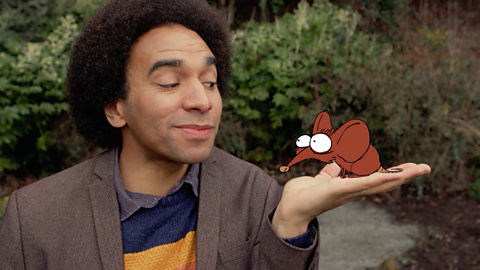
How to express yourself with poetry. video
Joseph Coelho explores the way we can express our feelings using poetry.
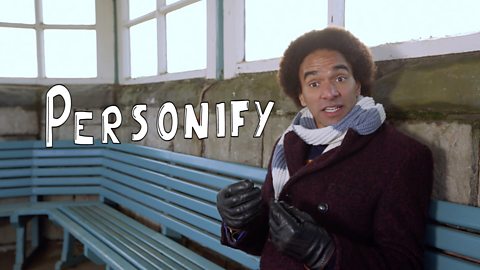
How to have fun writing poetry. video
Joseph Coelho explores onomatopoeia, phonics and all the ways you can have fun writing a poem.
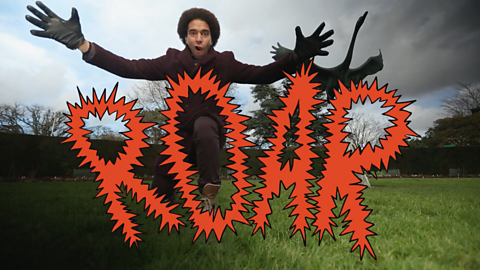
Playing with words. video
Joseph Coelho explores how poetic devices can enable children to develop their literacy skill.

How to understand a poem. video
Joseph Coelho looks at how poems make you feel and what they mean to you.
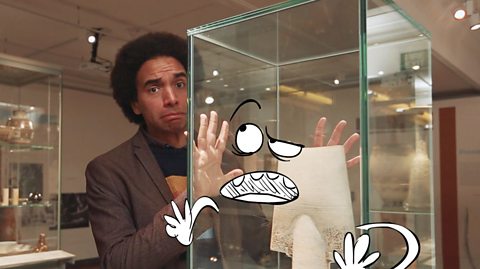
Does poetry need to rhyme? video
Joseph Coelho shows that poetry doesnβt have to rhyme, but when it does, it can be inventive and witty.
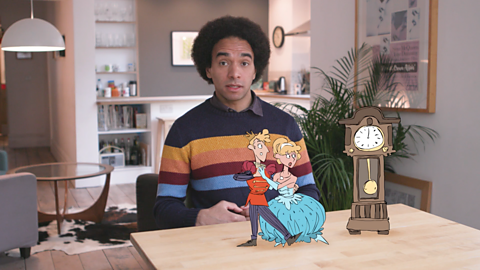
Poetry formats. video
Joseph Coelho explores haiku, limericks, sonnets and varying forms of poetry.
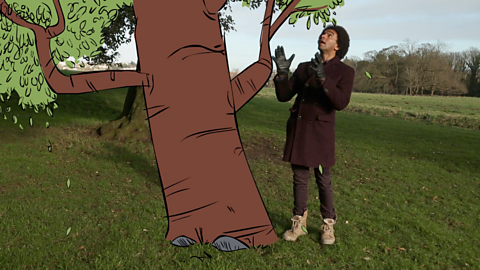
Making pictures with words. video
Joseph Coelho shows us how to utilise figurative and descriptive language to the best effect.
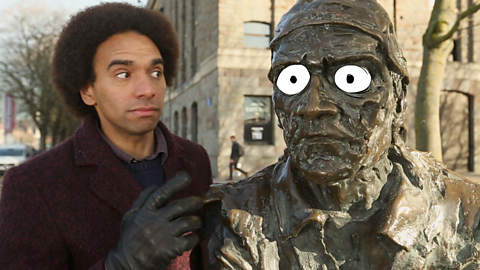
How are music and poetry connected? video
Joseph Coelho demonstrates how many of the elements that make up poems are often mirrored in music.
